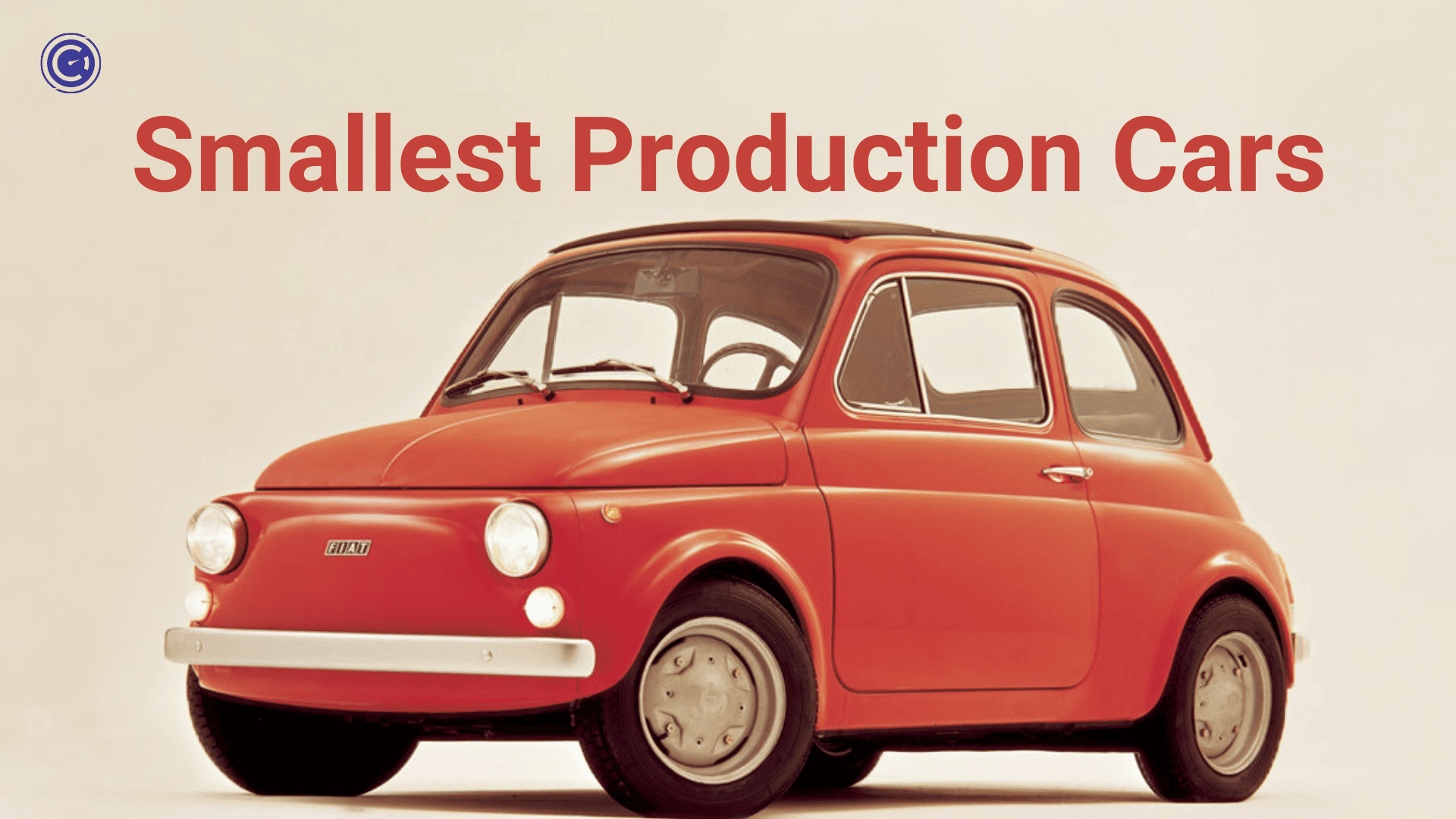In the ever-evolving landscape of the automotive industry, “Smallest Production Cars” have emerged as a compelling category of vehicles. Defined by their compact size and efficient design, these tiny wonders are capturing the attention of drivers worldwide. In this article, we will delve into the world of the smallest production cars, exploring their history, advantages, challenges, and thriving microcar culture.
Table of Contents
History of Smallest Production Cars
The concept of small production cars dates back to the early 20th century when the need for economical and practical transportation led to the development of micro-sized vehicles. Early pioneers experimented with innovative designs to create more fuel-efficient and maneuverable cars, perfect for navigating congested city streets. Over time, significant milestones in micro car evolution have contributed to their influence on modern automotive design, inspiring some of the features found in larger vehicles today.
Advantages of Smallest Production Cars
The appeal of microcars lies in their unique advantages, especially in a world increasingly focused on sustainability and urban living. One of the most significant benefits is their exceptional fuel efficiency, making them a greener option for environmentally conscious drivers. Furthermore, their compact size allows for effortless maneuvering and convenient parking in tight spaces, making them ideal for urban commuting and crowded city centers.
Top 20 Smallest Production Cars
The market for the smallest production cars offers a diverse range of options, each with its distinctive features and characteristics. Let’s explore the top 10 microcars in the market, along with a detailed comparison of their specifications and performance:
1. Peel P50
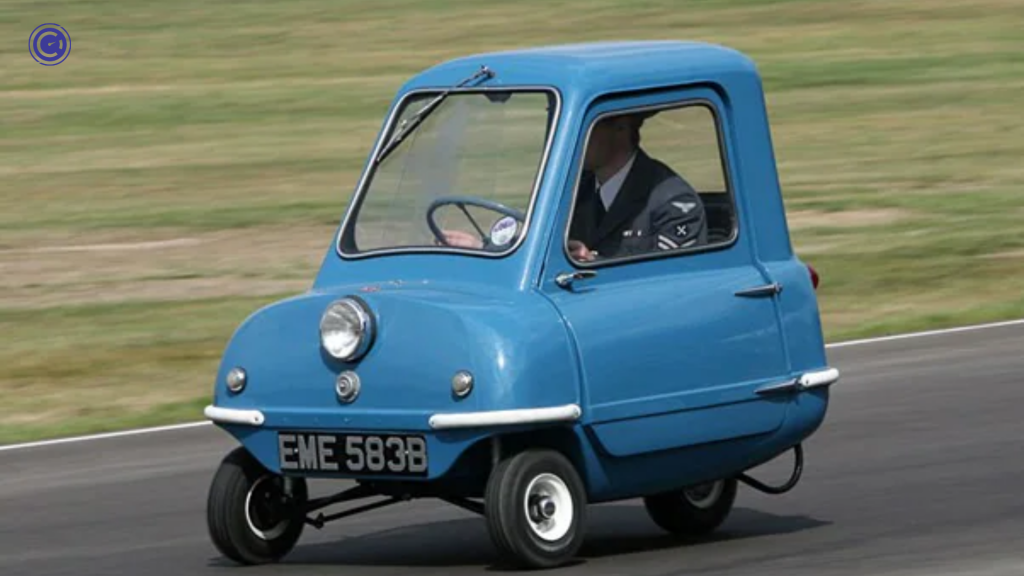
The Peel P50, produced in the 1960s, holds the title of the world’s smallest production car. It measures a mere 54 inches in length and 41 inches in width. Designed for urban commuting, this microcar accommodates only one passenger and features a simple yet charming design.
2. Smart Fortwo
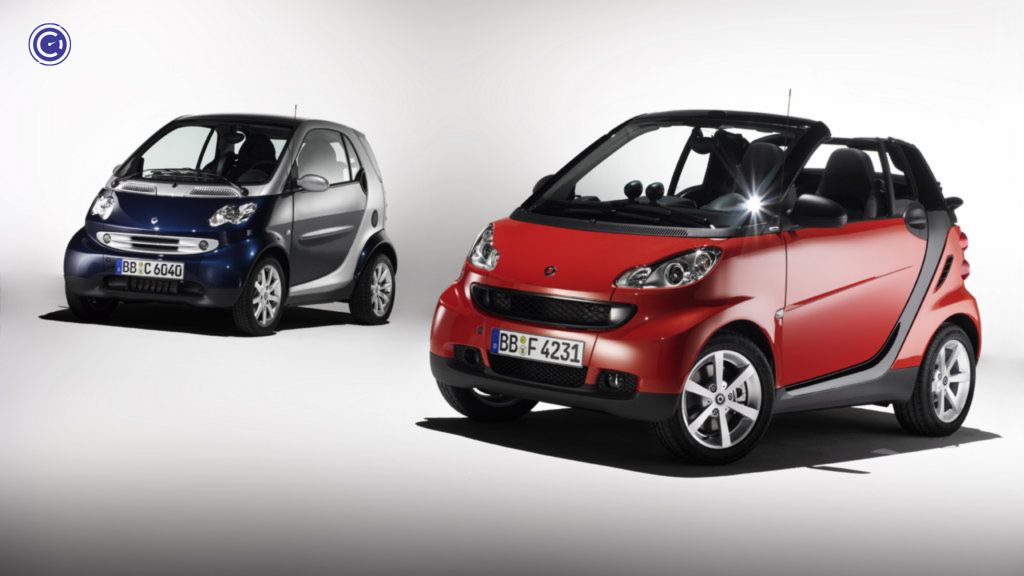
The Smart Fortwo is a popular microcar produced by Smart since 1998. With its unique two-seater layout and a length of around 106 inches, it excels in navigating congested city streets and squeezing into tight parking spaces.
3. Tata Nano
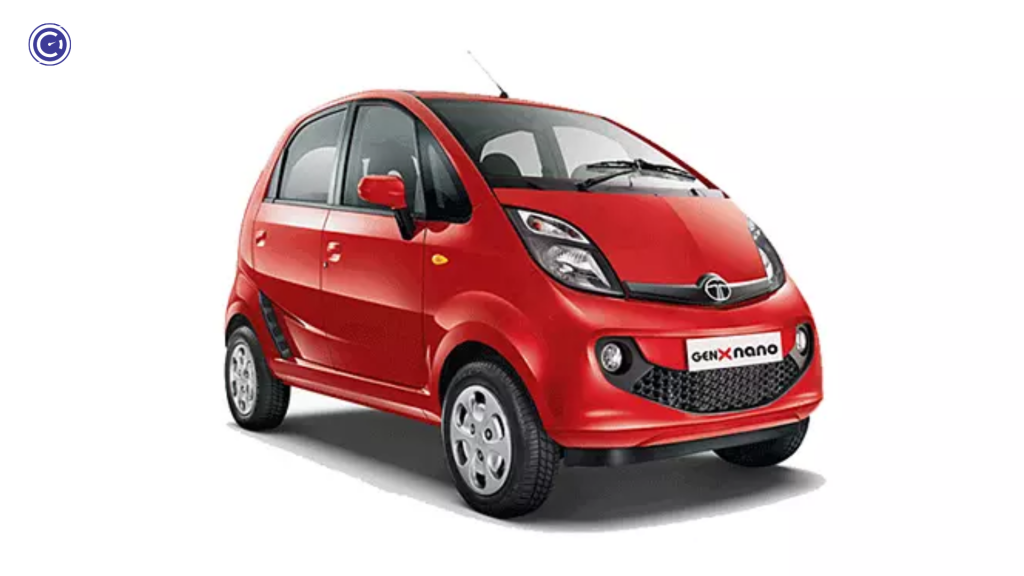
The Tata Nano, manufactured in India from 2008 to 2019, was an ambitious project to create an affordable and compact car for the masses. At approximately 122 inches in length, it offered budget-conscious consumers a four-seater option with essential amenities.
4. Fiat 500
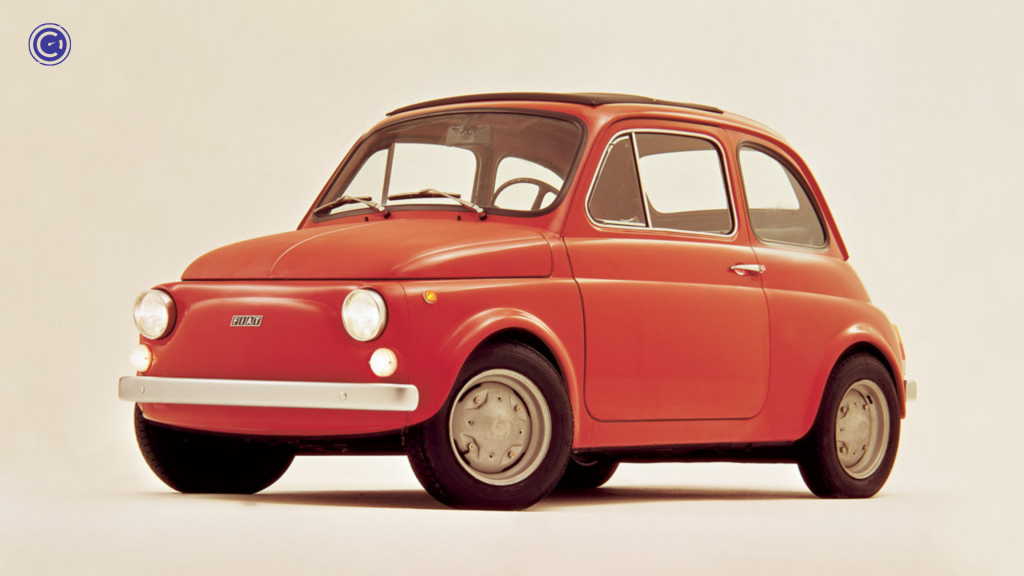
The iconic Fiat 500 has a rich history dating back to the 1950s. With a length of around 139 inches, this stylish compact car has captured the hearts of many with its retro charm and practicality.
5. BMW Isetta
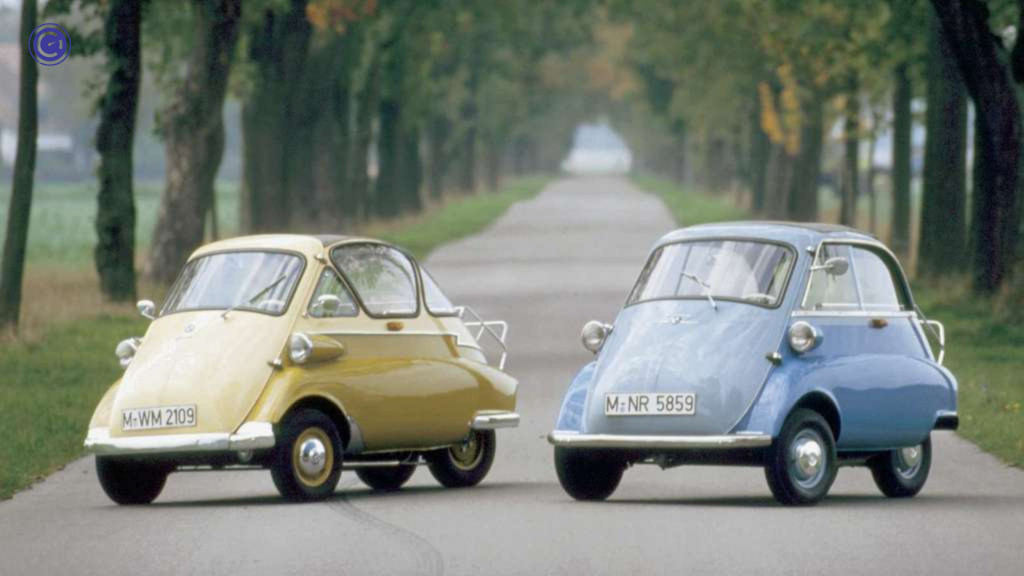
The BMW Isetta, originally manufactured in the 1950s, is a distinctive microcar with a unique front-opening door. With a length of approximately 90 inches, this three-wheeled wonder became a symbol of post-war mobility.
6. Honda N360/N600
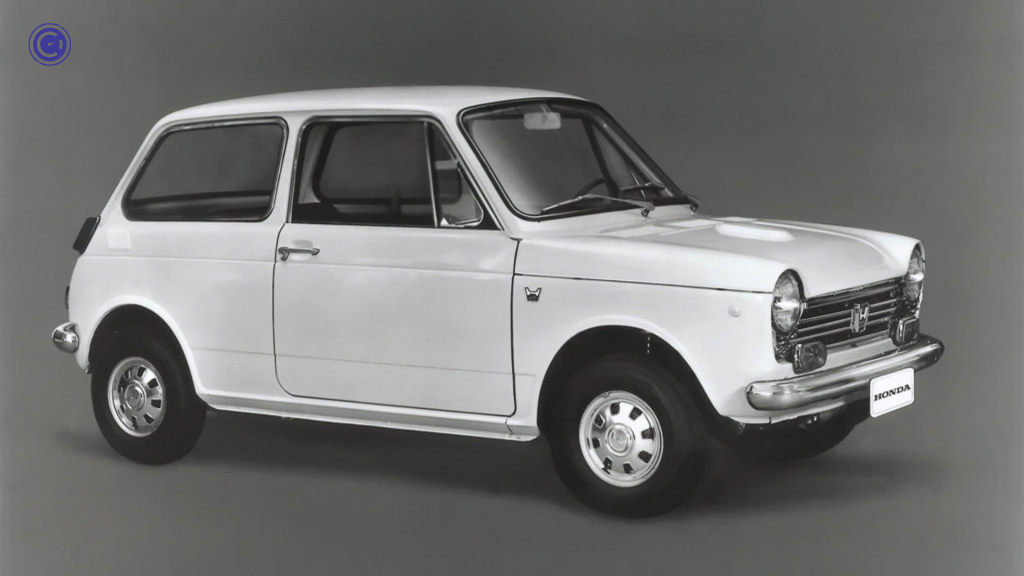
The Honda N360 and N600 were early examples of microcars produced by Honda in the 1960s. With lengths ranging from 120 to 130 inches, these small yet zippy cars gained popularity for their reliability and fuel efficiency.
7. Mitsubishi i-MiEV
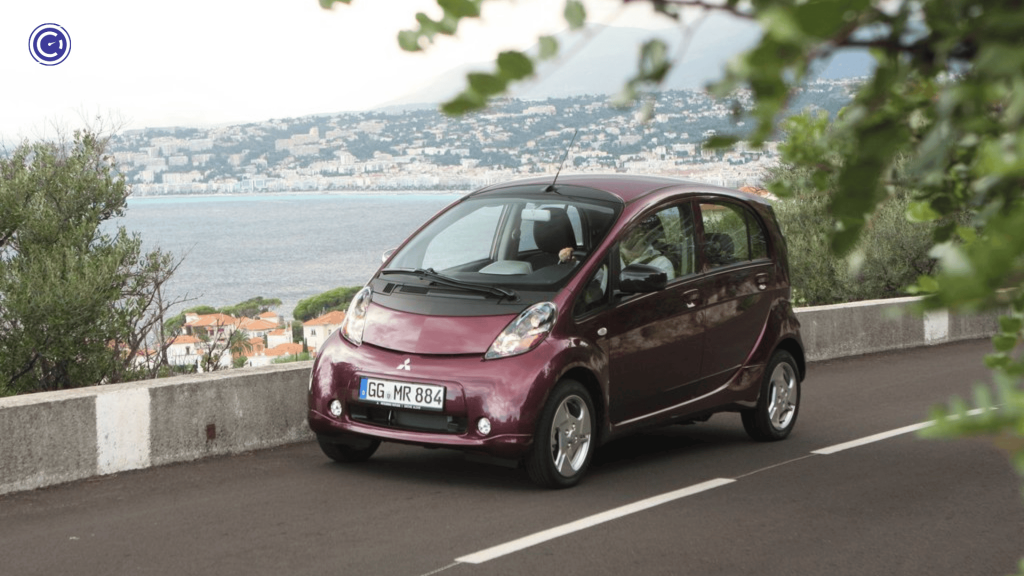
The Mitsubishi i-MiEV is an electric microcar designed for urban driving. With a length of around 144 inches, it offers emission-free transportation and contributes to sustainable mobility solutions.
8. Subaru 360
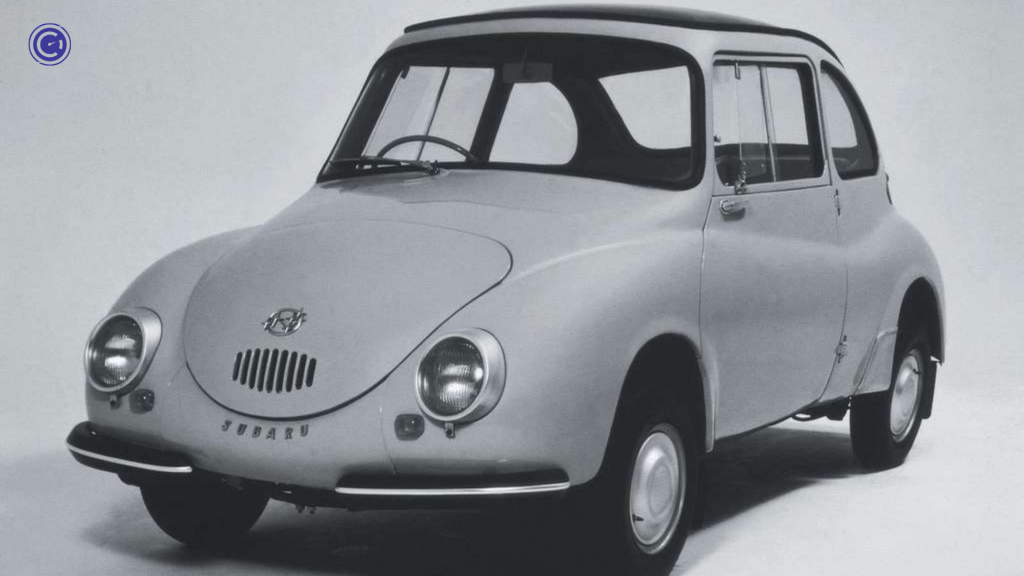
The Subaru 360, produced in the 1950s, was Subaru’s first mass-produced car. With a length of approximately 120 inches, it became a symbol of Japan’s economic recovery and provided affordable transportation to many.
9. Messerschmitt KR175/KR200
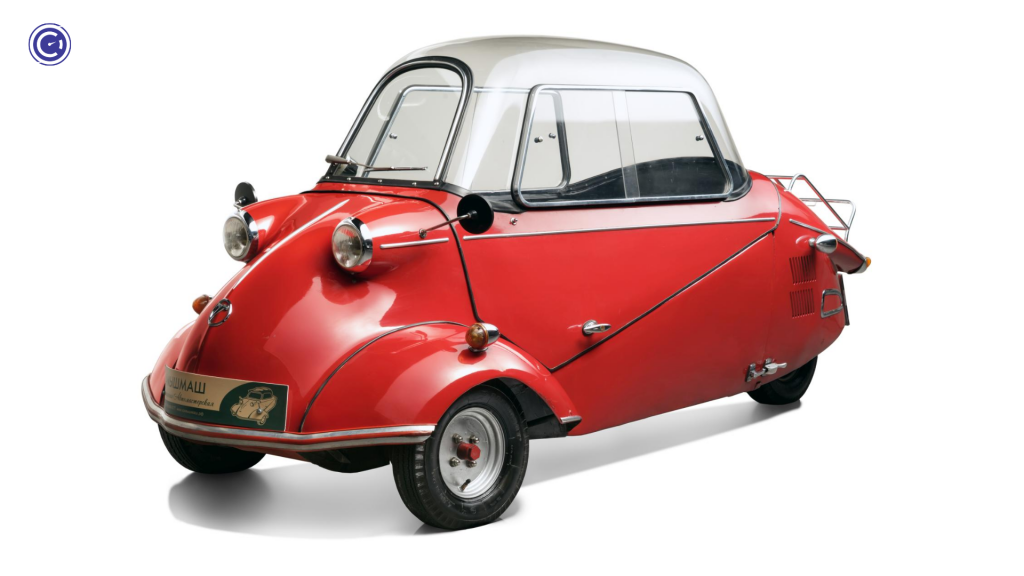
The Messerschmitt KR175 and KR200, produced in the 1950s, were three-wheeled microcars designed for fuel efficiency and low-cost transportation. With a length of around 115 inches, they embodied post-war ingenuity.
10. Renault Twizy
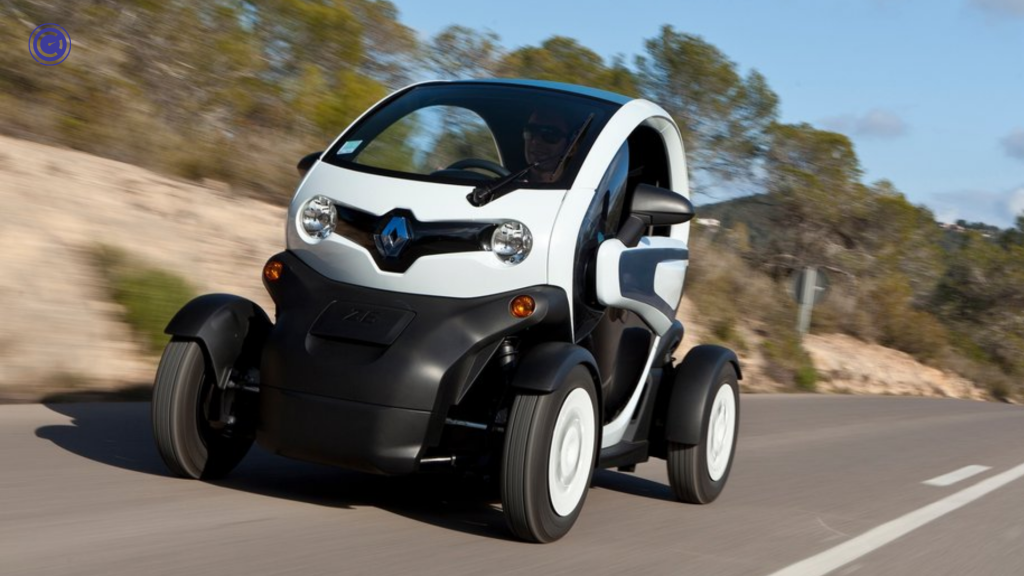
The Renault Twizy, introduced in 2012, is an electric microcar with a futuristic design. With a length of approximately 92 inches, it provides a fun and eco-friendly urban driving experience.
11. Goggomobil
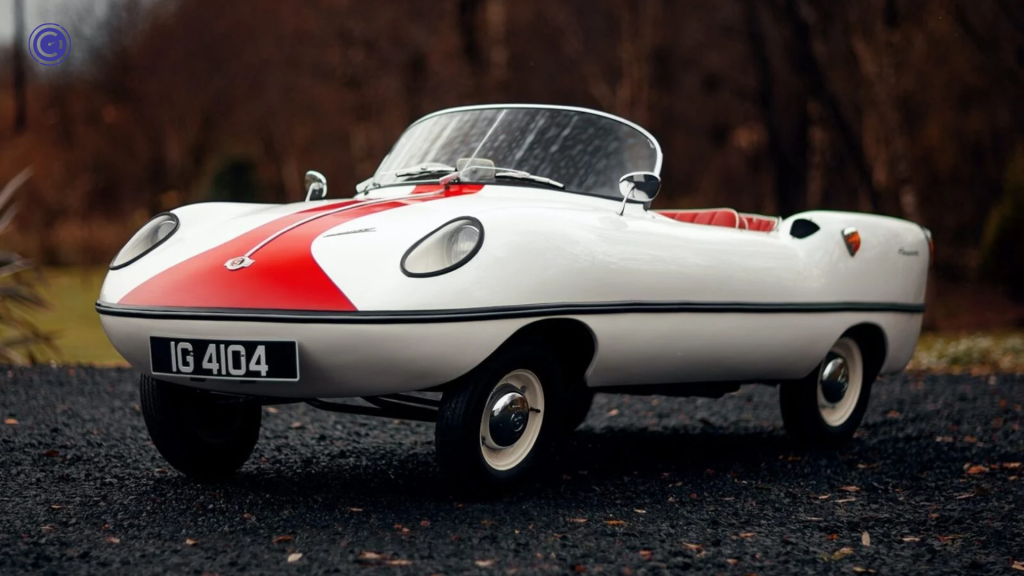
The Goggomobil, produced in the 1950s and 1960s, was a series of microcars manufactured in Germany. With lengths ranging from 114 to 130 inches, these quirky vehicles offered efficient mobility during an era of economic growth.
12. Subaru R-2

The Subaru R-2, produced in the 1960s, was a compact two-door sedan with a length of around 134 inches. It featured a rear-engine layout, contributing to its unique design.
13. Auto Union 1000 Sp
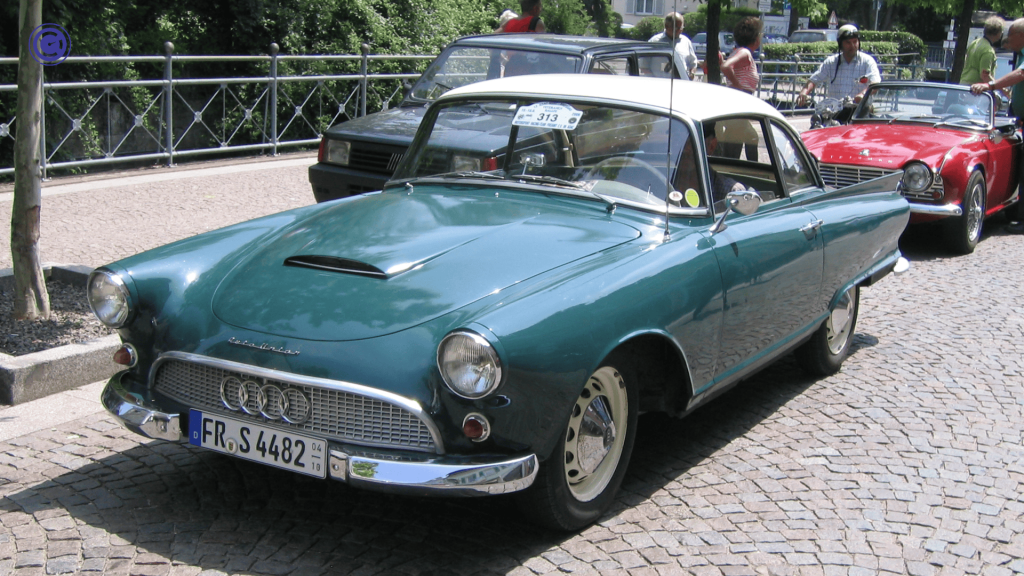
The Auto Union 1000 Sp, manufactured in the 1950s and 1960s, was a sporty microcar with a length of approximately 145 inches. It combined performance with compact dimensions.
14. Messerschmitt KR600
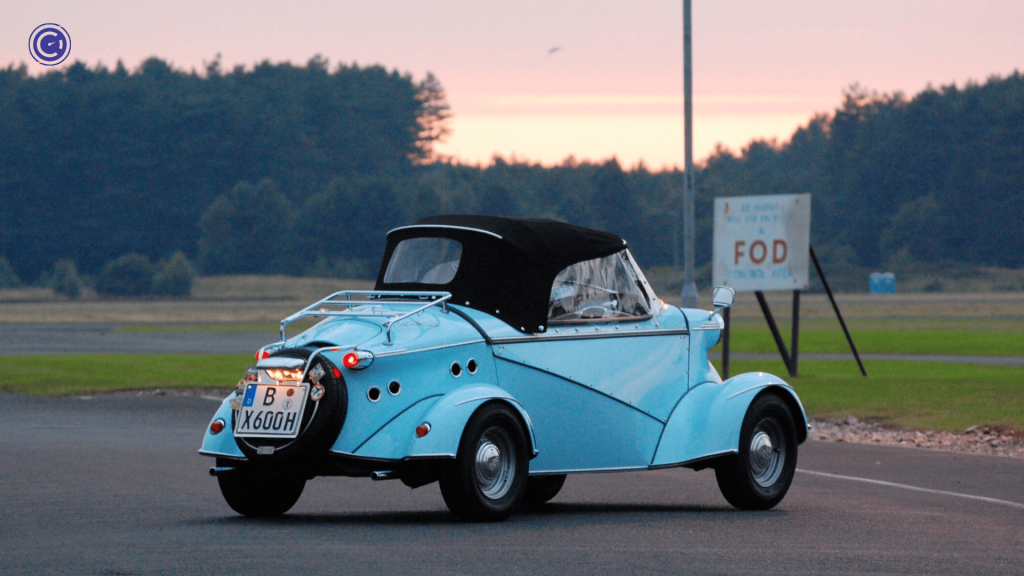
The Messerschmitt KR600, a variant of the KR200, offered a slightly longer body with a length of around 126 inches, providing additional comfort and space.
15. Citroën 2CV
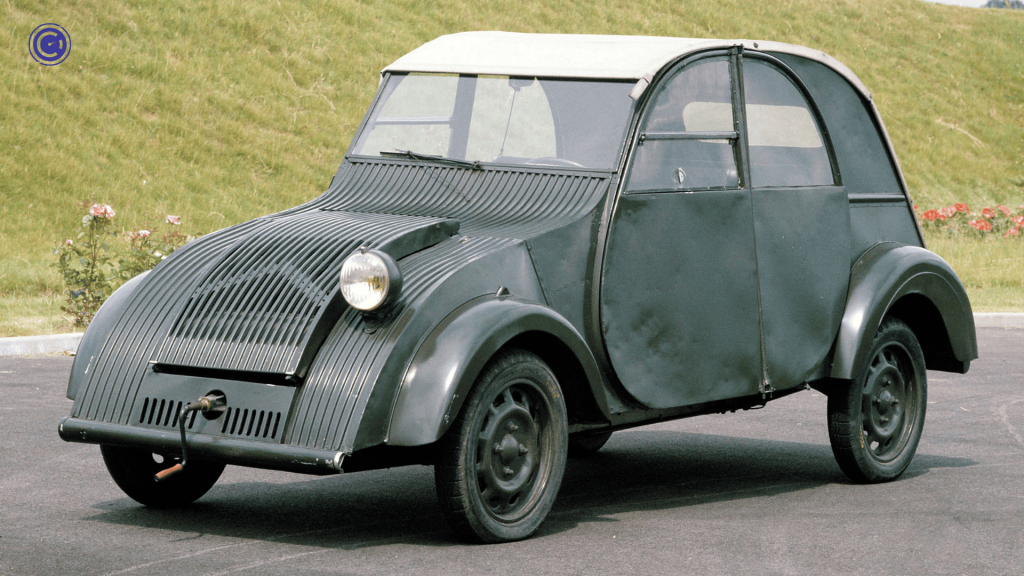
The Citroën 2CV, also known as the “Deux Chevaux,” is a beloved microcar with a length of approximately 144 inches. It became a symbol of practicality and affordable transportation in post-war Europe.
16. Austin Mini
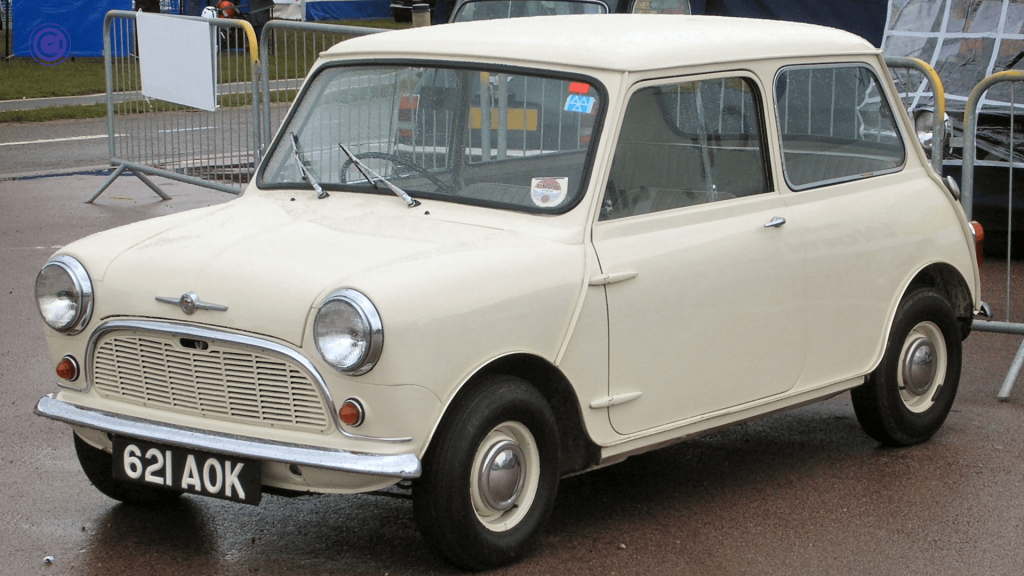
The Austin Mini, introduced in the 1960s, is an iconic compact car with a length of around 120 inches. Its innovative design and efficient use of space have left a lasting impact on the automotive industry.
17. Messerschmitt KR201
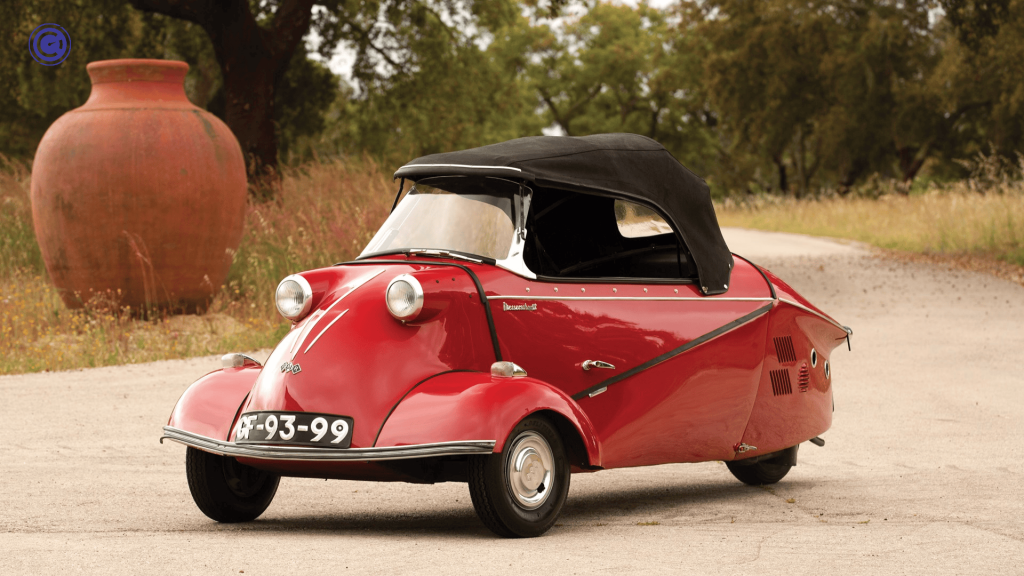
The Messerschmitt KR201, a predecessor of the KR175 and KR200, had a length of approximately 123 inches. It featured a distinctive bubble canopy, making it stand out on the roads.
18. BMW 700
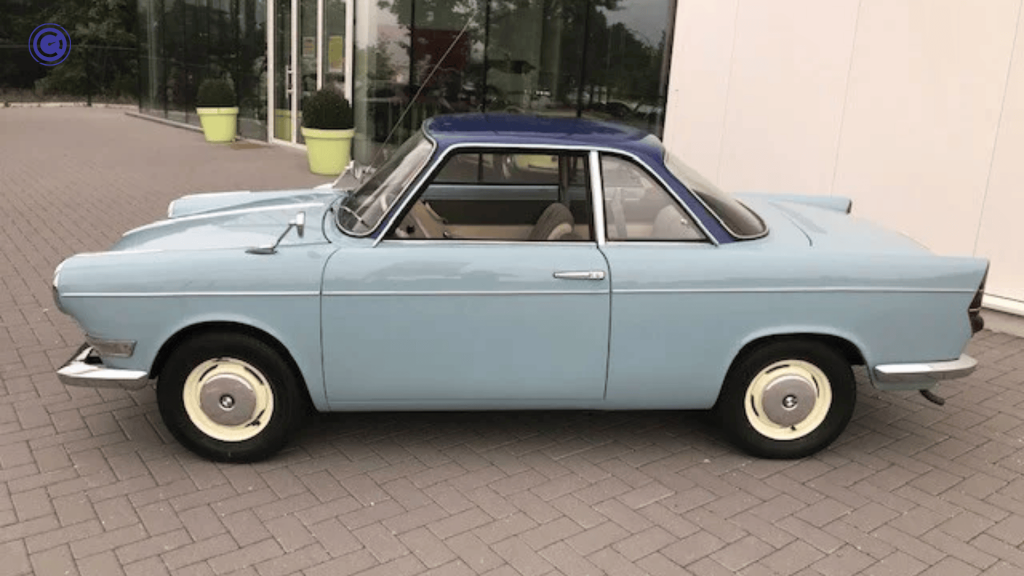
The BMW 700, produced in the 1960s, was a compact car with a length of around 155 inches. It marked BMW’s comeback in the automotive market after World War II.
19. Fiat 600
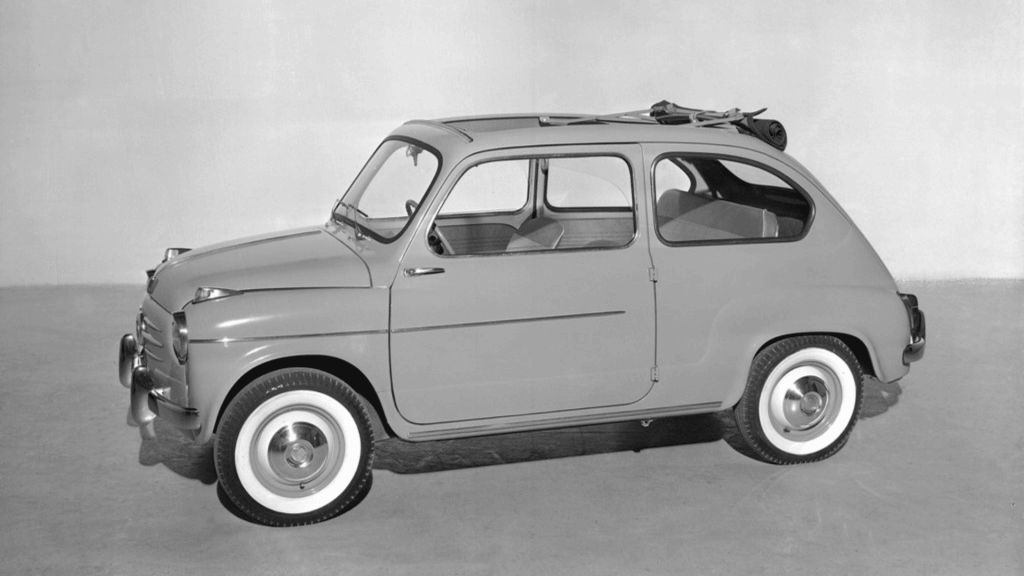
The Fiat 600, manufactured in the 1950s and 1960s, was a popular microcar with a length of approximately 129 inches. It played a crucial role in Italy’s post-war economic boom.
20. Suzuki Cappuccino
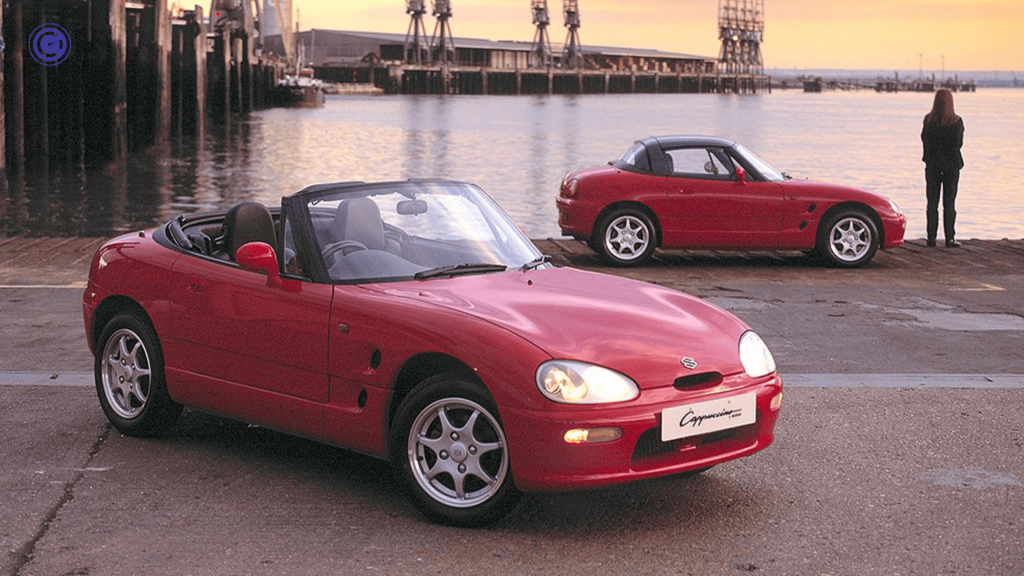
The Suzuki Cappuccino, introduced in the 1990s, is a tiny two-seater convertible with a length of around 133 inches. Its lightweight design and peppy engine make it a delight for driving enthusiasts.
Design and Engineering
Crafting a vehicle that is both small and functional requires innovative design and engineering solutions. Manufacturers use lightweight materials and advanced construction techniques to optimize space and ensure structural integrity. The goal is to create compact cars that offer a comfortable driving experience without compromising safety.
Driving Experience
Despite their small size, microcars can surprise drivers with their comfort and interior features. Clever design and layout allow for ample legroom and headspace, creating a cozy environment for passengers. Additionally, microcars boast nimble handling and impressive performance on the road, making them a joy to drive in various conditions.
Safety Measures
Safety is paramount in any vehicle, and manufacturers take this aspect seriously in the smallest production cars. Stringent crash tests and safety ratings ensure that microcars meet the same safety standards as their larger counterparts. Reinforced frames and advanced safety features help protect occupants in the event of an accident.
Customization and Personalization
While microcars may be small, they offer plenty of opportunities for customization and personalization. Owners can add their own flair by choosing unique paint colors, decals, and accessories to make their vehicles stand out. Additionally, the aftermarket market for microcars offers various modifications to enhance performance and appearance.
The Micro Car Culture
The fascination with microcars has led to the emergence of enthusiast communities and clubs worldwide. These passionate groups celebrate the charm and practicality of tiny cars, organizing events and gatherings where micro car owners can showcase their beloved vehicles and share experiences.
Challenges for Smallest Production Cars
Despite their appeal, the smallest production cars face certain challenges in gaining wider acceptance. Overcoming stereotypes and misconceptions about their size and safety remains an ongoing concern. Manufacturers and advocates of microcars continuously work to address these concerns and highlight the practicality and benefits of owning one.
Economic and Environmental Impact
In the era of eco-consciousness, micro cars play a significant role in reducing carbon emissions and their impact on the environment. Their fuel efficiency not only helps drivers save money on gas but also contributes to a greener future.
Urban Mobility Solutions
In densely populated urban areas, traffic congestion is a common issue. Micro cars present a viable solution, thanks to their compact size and easy maneuverability. Many car-sharing services now include micro cars in their fleets, offering an efficient and sustainable transportation option for urban dwellers.
Future of Smallest Production Cars
As automotive technology continues to evolve, the future of the smallest production cars looks promising. Emerging trends, such as electric and autonomous vehicles, are likely to shape the next generation of microcars. Their innovative designs and eco-friendly features make them well-suited to meet the evolving needs of modern drivers.
Comparing Micro Cars to Other Compact Vehicles
It is essential to understand the distinctions between micro cars and other compact vehicles, such as mini and subcompact cars. Each category has its unique features and benefits, catering to different lifestyles and preferences.
Celebrities and MicroCars
The allure of microcars extends beyond everyday drivers; even celebrities are drawn to their charm. Numerous famous personalities have been spotted cruising in micro cars, adding to the vehicles’ allure and popularity. Moreover, micro cars have made appearances in movies and television shows, further solidifying their place in pop culture.
Rowan Atkinson
Known for his role as Mr. Bean, Rowan Atkinson has a passion for classic cars. Among his collection is a vintage Fiat 500, a tiny Italian icon that captures the essence of timeless design.
Jerry Seinfeld
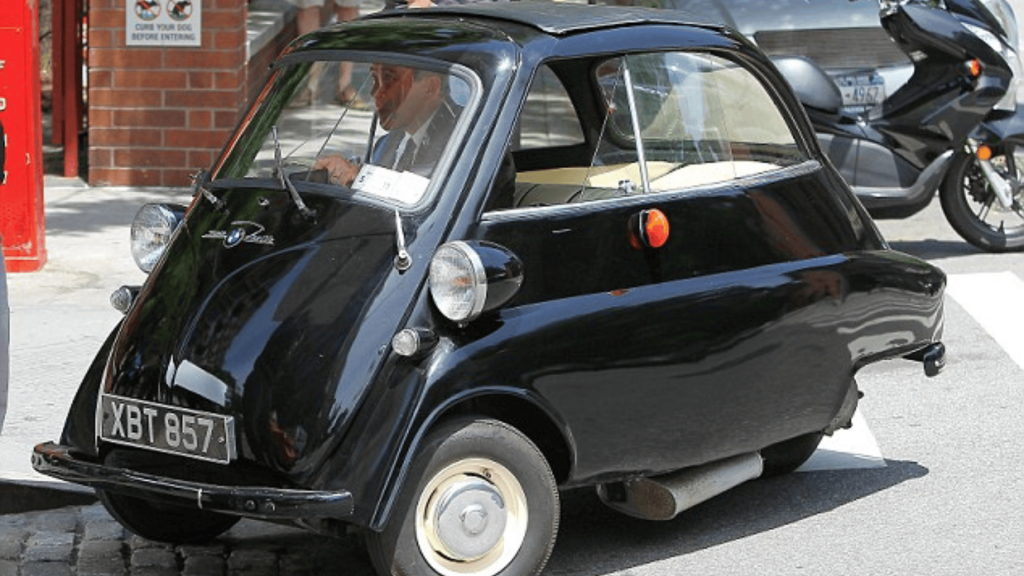
The renowned comedian and car enthusiast, Jerry Seinfeld, owns a classic BMW Isetta, one of the most recognizable microcars from the 1950s. Its unique front-opening door and diminutive size make it a conversation starter.
Chris Evans
As a well-known car collector and presenter, Chris Evans adds a touch of nostalgia to his collection with a vintage Fiat 500. This microcar epitomizes retro style and city mobility.
Beyoncé
Even the Queen Bee herself, Beyoncé, appreciates the allure of the smallest production cars. She has been spotted driving a Smart Fortwo, a compact and eco-friendly choice for city driving.
Jay Leno
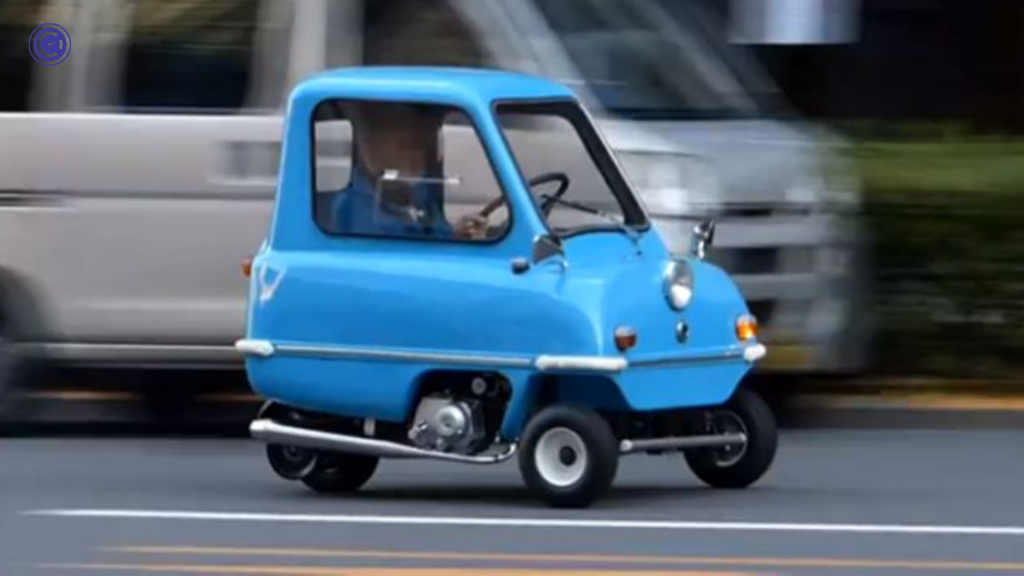
With an impressive garage filled with unique vehicles, Jay Leno’s collection includes a Peel P50. This microcar holds the record as the world’s smallest production car, and its quirky design perfectly complements Leno’s eclectic taste.
Arnold Schwarzenegger
The action star and former governor of California, Arnold Schwarzenegger, owns a smart electric car, the Smart ForTwo Electric Drive. This choice aligns with his advocacy for environmentally friendly initiatives.
Chris Pratt
The beloved actor Chris Pratt owns a Mini Cooper, a chic and compact choice for zipping around town. Its nimble handling makes it a favorite among celebrities and drivers alike.
Queen Elizabeth II
Even royalty appreciates the practicality of small production cars. Queen Elizabeth II owns a fleet of state vehicles, including a custom-made Bentley State Limousine, showcasing British craftsmanship at its finest.
Jeremy Clarkson
As a former host of Top Gear, Jeremy Clarkson is no stranger to exotic cars. However, he also owns a Peel P50, which he affectionately dubbed “the most useless car in the world.”
Ricky Gervais
Comedian and actor Ricky Gervais is the proud owner of a Fiat 500, showcasing his appreciation for minimalist design and efficiency.
Katy Perry
The pop superstar Katy Perry has been seen driving a Smart Fortwo, embracing its compact size and ease of maneuvering.
Orlando Bloom
Actor Orlando Bloom owns a vintage VW Beetle, a classic compact car that exudes timeless style.
Simon Cowell
Known for his blunt critiques on reality shows, Simon Cowell cruises around in a Smart Fortwo, a reflection of his straightforward and efficient personality.
Gwen Stefani
Singer Gwen Stefani drives a Fiat 500, adding a touch of Italian flair to her collection of eclectic cars.
Pamela Anderson
Actress and model Pamela Anderson owns a smart electric car, demonstrating her commitment to eco-conscious choices.
Pros and Cons of Owning a MicroCar
As with any vehicle, owning a microcar comes with its set of advantages and disadvantages. On the positive side, micro cars are more affordable, easier to park, and highly fuel-efficient. However, their limited space and lower performance compared to larger vehicles are considerations to keep in mind.
Buying Guide for Smallest Production Cars
For those considering purchasing a microcar, it is essential to be well-informed before making a decision. Factors such as budget, lifestyle, and intended use should be taken into account. Researching different brands and models and considering the ownership experience of other microcar owners can help buyers find the perfect match.
Conclusion
In conclusion, the smallest production cars are not just vehicles; they represent a lifestyle and an innovative solution to modern transportation challenges. Their compact size, fuel efficiency, and unique designs have made them increasingly popular among urban dwellers and environmentally conscious drivers. As the automotive industry continues to evolve, the tiny wonders of micro cars are set to play a significant role in shaping the future of mobility. Embracing their practicality and appeal can lead to a more sustainable and efficient transportation landscape. Whether you’re a micro car enthusiast or simply intrigued by their charm, there’s no denying the impact of these small but mighty vehicles on the automotive world.

